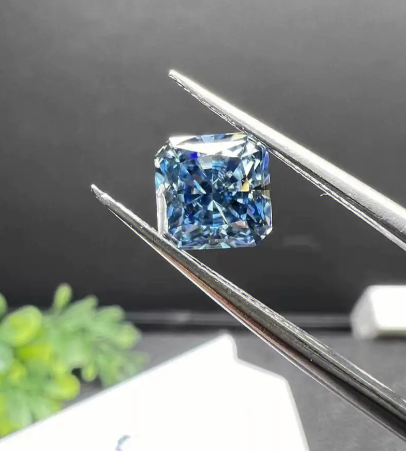Carbon-silicate rocks, also known as carbide-silicate rocks, are a type of mineral that form from the reaction between carbon and silicon under specific conditions. These rocks are found in various geological settings, including impact craters, ultramafic rocks, and volcanic settings. In this article, we will explore the reasons and processes behind the formation of carbon-silicate rocks.
The formation of carbon-silicate rocks can be attributed to the high pressure and temperature conditions that are present in certain geological environments. These conditions cause carbon and silicon to react and form various minerals, including carbides and silicates. The exact nature of these reactions can vary depending on the specific conditions present, but they generally involve the breakdown of carbon-containing compounds and the subsequent formation of new compounds with silicon.
One common setting in which carbon-silicate rocks form is within impact craters. When a large meteorite strikes the Earth, it generates enormous amounts of heat and pressure that can cause carbon and silicon to react and form carbide-silicate minerals. moissanite grillz.These minerals can be found in the impact melt rock, which is the material that is melted and then rapidly cooled by the impact. The presence of carbon-silicate rocks in impact craters is a useful tool for studying the conditions present during the impact, including the temperature and pressure levels.

Another setting in which carbon-silicate rocks form is within ultramafic rocks. Ultramafic rocks are rocks that are composed primarily of minerals that contain a high percentage of magnesium and iron. These rocks are typically found in areas of the Earth’s mantle that have been brought to the surface through volcanic activity. When carbon-rich fluids interact with these ultramafic rocks, they can form carbon-silicate minerals. This process is believed to be responsible for the formation of diamonds in certain geological settings.
In addition to impact craters and ultramafic rocks, carbon-silicate rocks can also form in volcanic settings. When magma is expelled from a volcano and cools rapidly, it can form a type of rock known as a volcanic glass. If this volcanic glass contains carbon and silicon, it can form carbon-silicate minerals over time. The exact process by which this occurs is still not fully understood, but it is believed to involve the interaction between the volcanic glass and groundwater that is rich in carbon.
In conclusion, carbon-silicate rocks form through a variety of processes that are influenced by high pressure and temperature conditions. These rocks are found in a range of geological settings, including impact craters, ultramafic rocks, and volcanic settings. Understanding the formation and properties of carbon-silicate rocks is an important aspect of studying the Earth’s geological history and the processes that shape our planet.